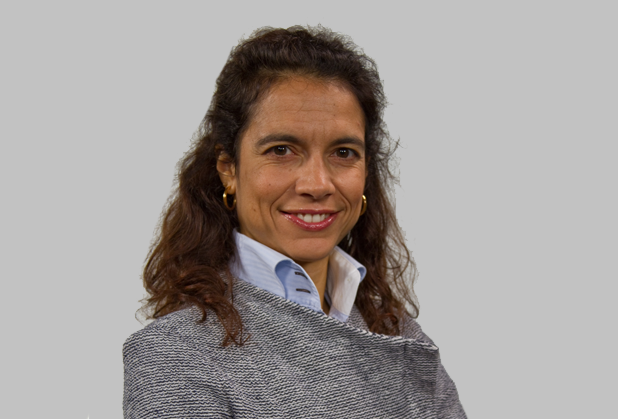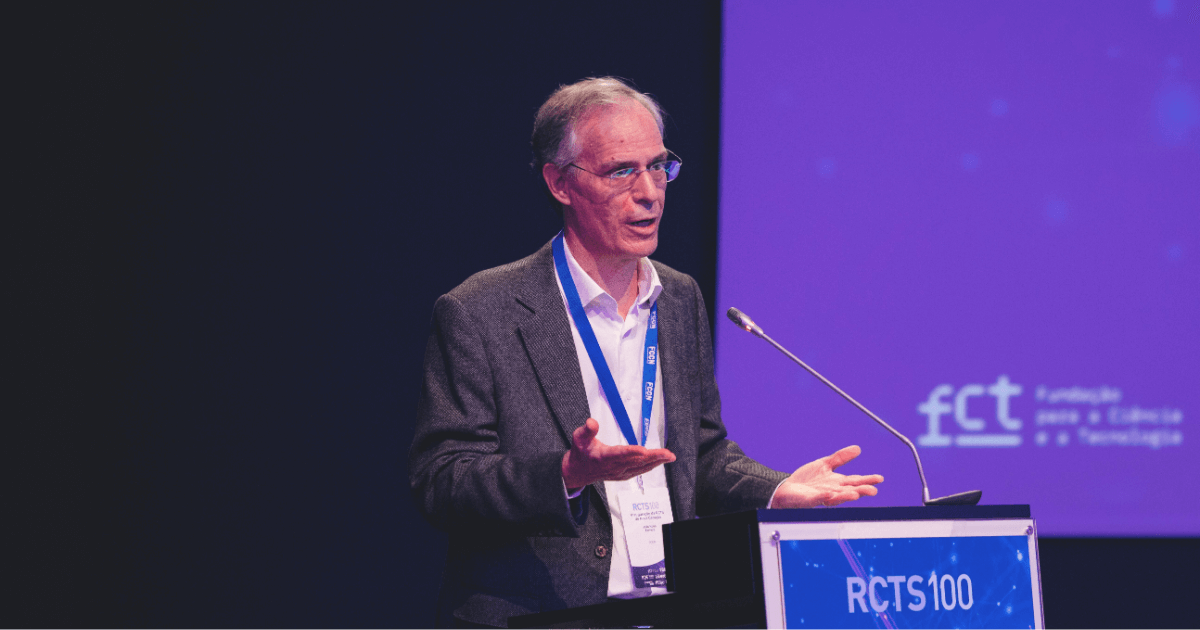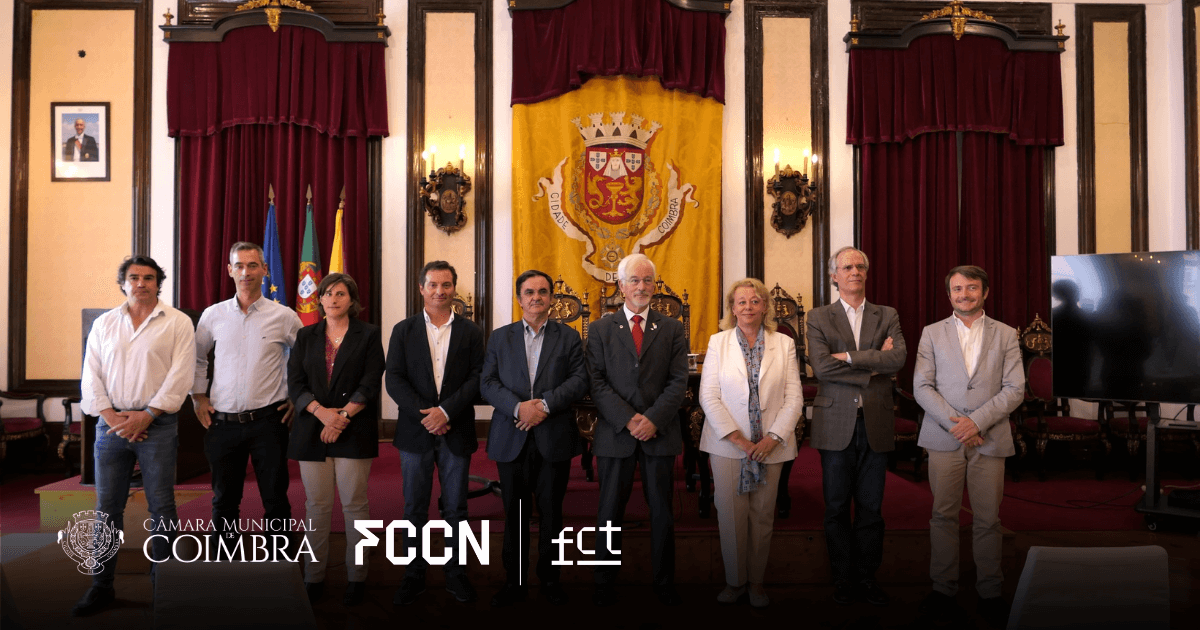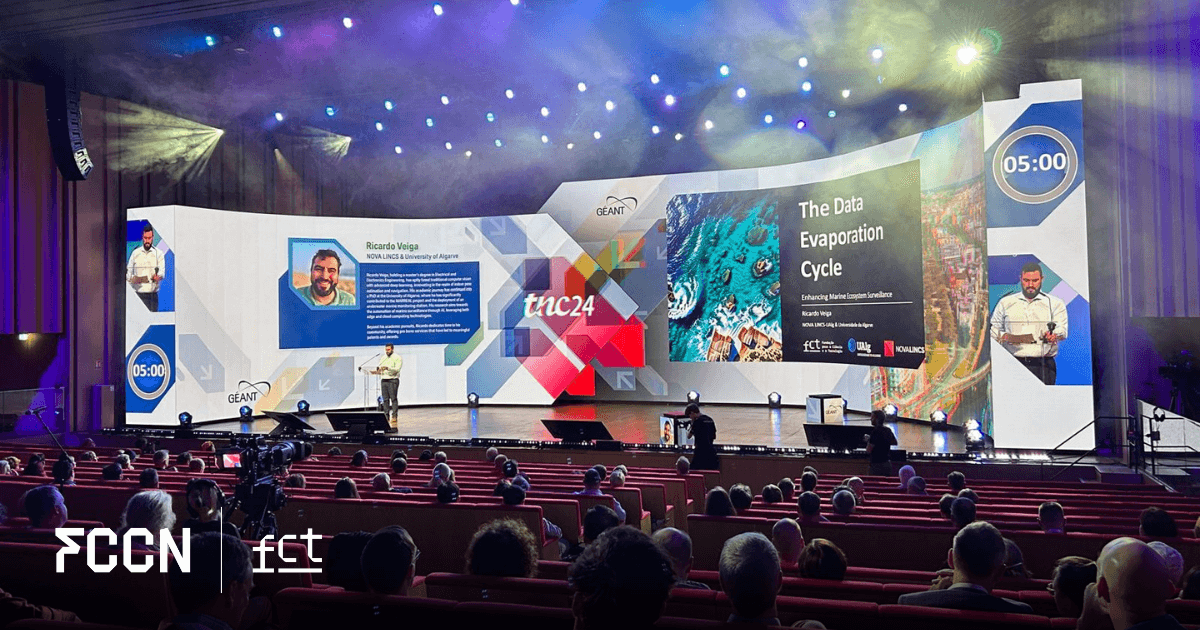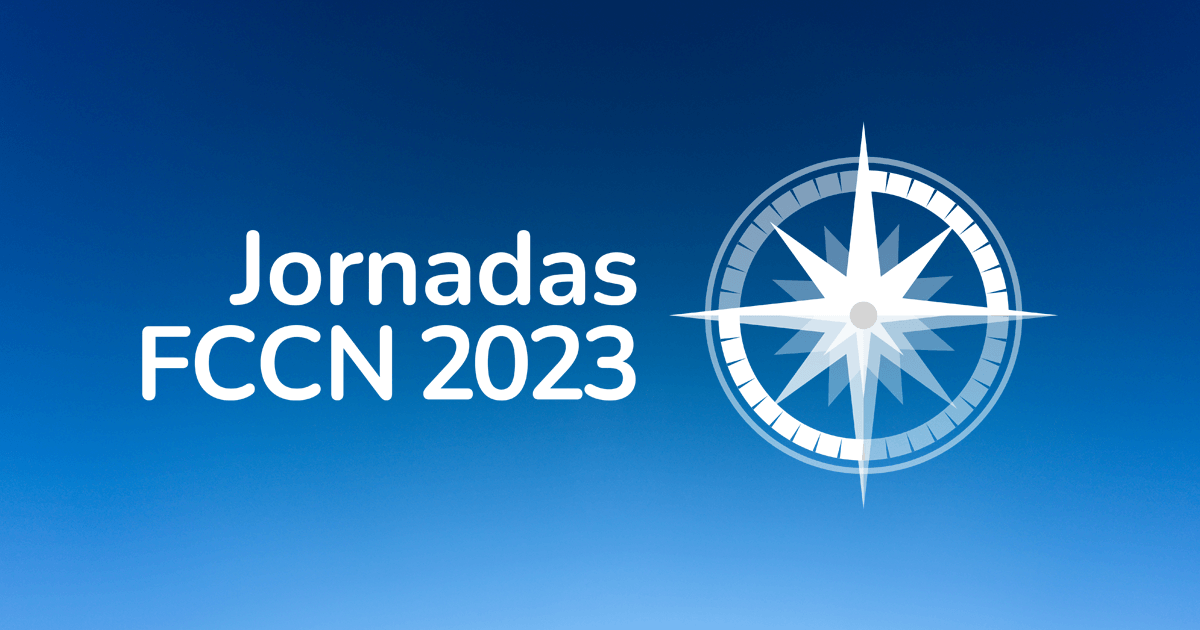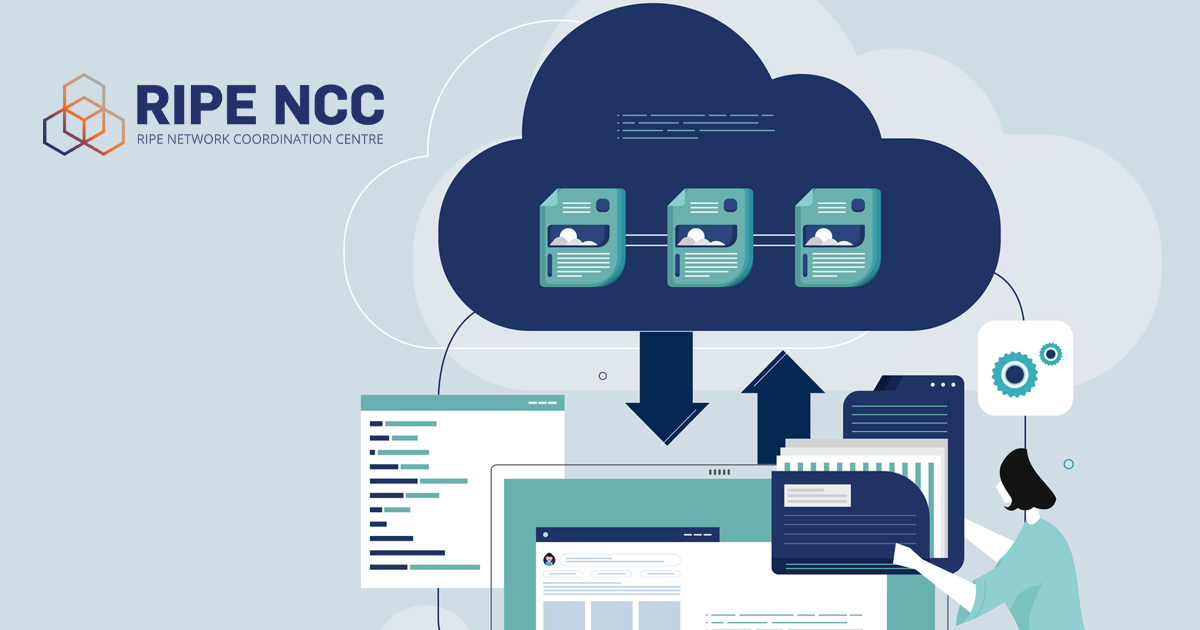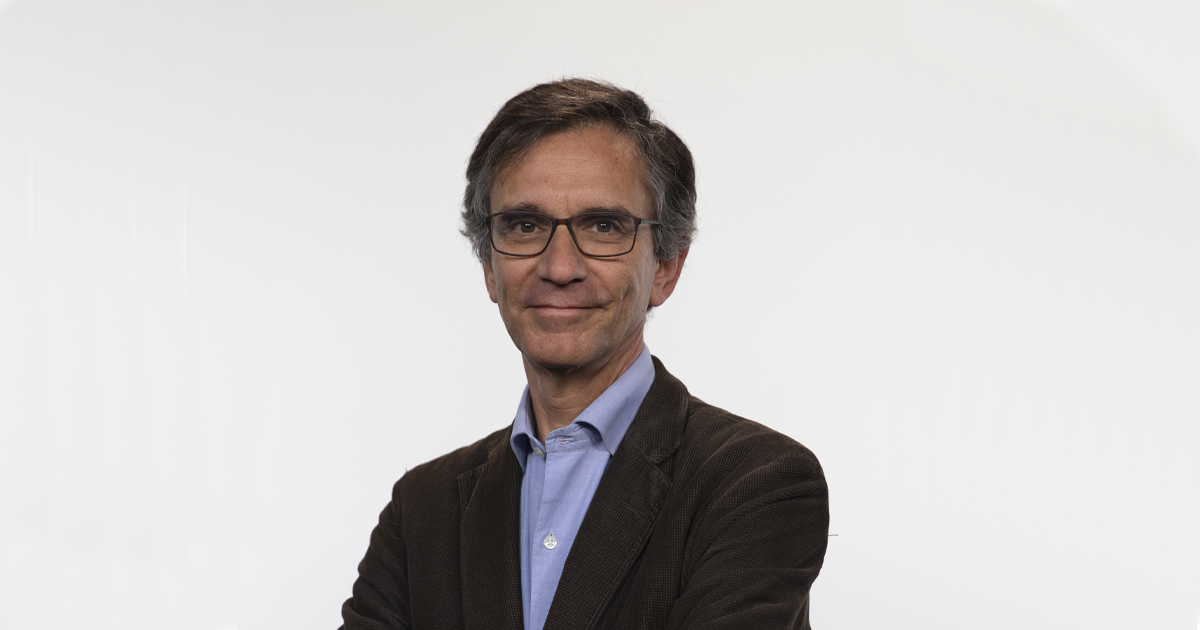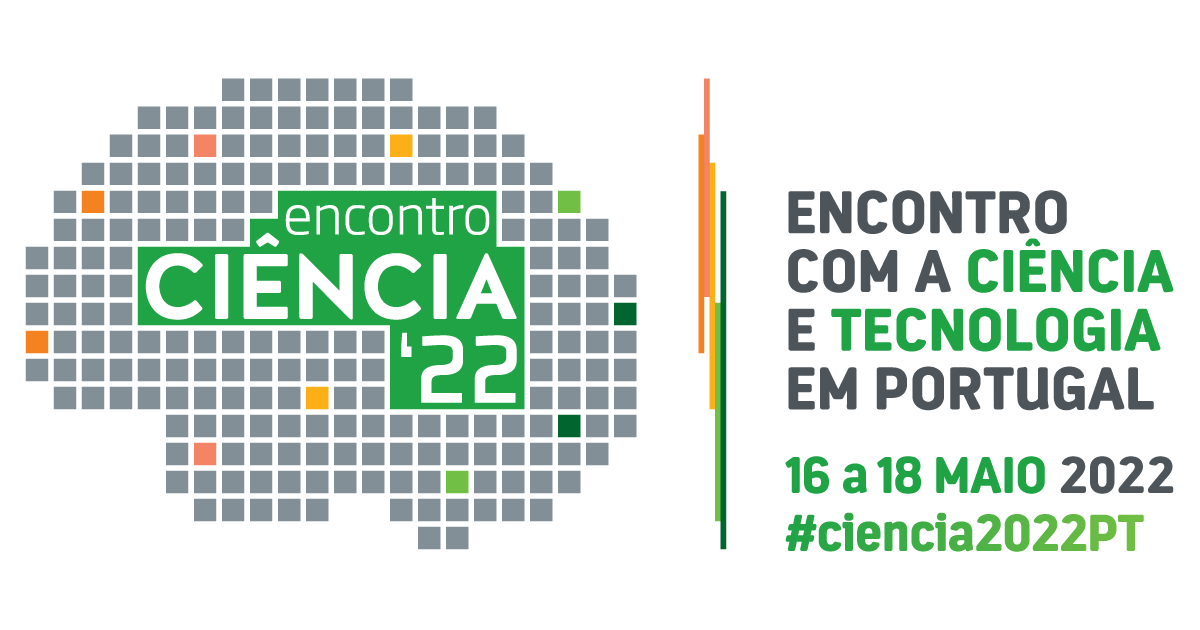The Director of the Network Services Area of the FCT's FCCN Unit, Ana Pinto, explains the main new features involved in RCTS 100, as well as their impact on higher education and research institutions in Portugal. The changes that are already being implemented will make it possible to meet the needs of the entities connected to the Portuguese academic network.
On November 13, we saw the inauguration of two upgrades to access the national academic network, in Bragança and Vila Real, as part of the RCTS100* project. What does this project consist of and what point is it at in its implementation?
RCTS100 essentially consists of the extension of the fibre optic infrastructure and technological upgrade of the Portuguese academic network, RCTS, involving an investment of 17.2 million euros. In addition to these two essential objectives, it was also possible to dedicate part of this amount to the empowerment of the internal networks of some public higher education entities.
The project is scheduled to be completed in September 2021, and some important goals have already been achieved, namely in terms of the expansion of the fibre optic infrastructure. Six new routes have already been activated, enabling the 10Gbps connection of the polytechnic institutes of Beja, Bragança, Viseu and the University of Trás-os-Montes and Alto Douro (UTAD).
It was also possible to create two new rings [in the network]: the Beira do Litoral ring (Polytechnic Institutes of Leiria and Tomar) and the Alto Alentejo ring (University of Évora and Polytechnic Institutes of Portalegre, Setúbal, Castelo Branco and Santarém). The fibre connection of the University of Algarve is under construction.
And what other steps are being taken, from the point of view of the technological upgrade of the RCTS?
As part of the technological evolution of the network, the challenge is to make the network more scalable, both in terms of the number of services provided and in increasing redundancy and resilience to failures. After several analyses and simulations, it was decided to adopt Segment Rounting . We believe that this evolved version of the IP routing protocols we are building brings together attributes of both simplicity and scalability. On the other hand, it ensures advanced traffic protection and engineering mechanisms that will allow us to provide a next generation RCTS.
Still in terms of the technological evolution of the network, but within the scope of its capacity building, the progressive upgrade of the various network assets is already underway, in order to ensure the evolution of RCTS. This in order to move from a network that guarantees the delivery of 10Gbps services to a network that will deliver 100Gbps services. This technological migration translates into a massive increase in the bandwidth available to RCTS entities.
Finally, in terms of international connections, we are reinforcing the RCTS interconnection capacity to other networks, through the provision of multiple 100Gbps ports to connect to Rediris [Spanish academic network], to the GÉANT network, to GigaPIX or to Tier1 ISPs. In 2020, the new Lisbon international routers were activated. For 2021, the activation of Porto's international router is planned.
This project is also presented as a response to the digital divide. What is this phenomenon and how is it mitigated by RCTS100?
The digital divide is a term that, in this case, applies to the difference in connectivity services available to entities located in different regions of the country. In the case of RCTS, given that its fibre infrastructure was mostly located on the coast and in the metropolitan areas of Lisbon and Porto, there was a marked difference between the connectivity services available to entities located there and those located in the interior north or south of the country. In these geographies, the services provided depended on contracting Ethernet services, with limited capacity.
Whenever one of these entities not served by fibre infrastructure had an urgent need for bandwidth usage, this was a difficult need to satisfy because it involved contractual changes, costs, market consultations and high implementation times.
RCTS100 will ensure equal conditions of access to the network whether the entity is located on the coast, inland or in the south of the country. This is because, in addition to standardising access to fibre, we will also ensure the activation of an optical transmission system with national coverage and that will enable the delivery of multiple services at 100Gbps.
What will be some of the possibilities guaranteed by this upgrade for the higher education institutions covered by the project?
In addition to the direct investment provided to 9 higher education entities for the capacity building of their internal networks, all entities belonging to RCTS will benefit from this project. The aim is to ensure a new generation of RCTS, a network prepared to support and leverage the activities of the entities connected to the network, to transport their services and critical applications, as well as their research traffic.
By making the network more redundant and resilient, we are ensuring better convergence times in case of failure and faster service restoration. This will ensure a better quality of services for entities, which increasingly depend on the Internet connection to secure internal services.
On the other hand, the large network capacity to provide 100Gbps services will support the increase in traffic caused both by research traffic and the increase in data that needs to be transported, as well as traffic caused by ongoing digital transformation processes.
Is the pandemic context we are going through related to this change?
The pandemic situation we have experienced has ended up markedly changing the way people interact, learn, teach or work. Education and research institutions have been driven to embrace or accelerate digital transformation processes. By creating new digital pedagogical methods, using information technology and the extensive use of multimedia content, they have been able to move their courses online and continue teaching.
This change created opportunities to broaden their markets, since education is now guaranteed at a global level. This globalization has to be guaranteed without restrictions and with high communication capacity - RCTS100 is precisely to guarantee and support the ongoing transition.
Another dimension of the national academic network is scientific and research activity. How will these improvements impact on this type of activity?
RCTS100 and the availability of multiple services at 100Gbps reinforces the response to the need for entities to change their network connection model, in order to ensure that the different communities they serve effectively enjoy the high capacity provided.
Scientific and research communities often have connectivity requirements that, to be met in the current local network topologies, would imply heavy investments. For example, if an entity's network has an RCTS access topology in which the border equipment is a firewall, we know that upgrading it to support 100Gbps will require the dedication of a large budget.
Thus, we have been defending the need to create a connection model to the RCTS that advocates the creation of the so-called Scientific DMZ [perimeter networks]. In this access topology, the need for all traffic to pass through the firewall is dropped, with access to the RCTS being guaranteed by high-performance routing equipment, which will be responsible for dividing the traffic according to its nature - internal network traffic or research traffic. This division of connectivity for scientific applications allows the implementation of appropriate security mechanisms and direct access to the required transmission capacities.
We believe that the Scientific DMZ is the way to respond to the growing need to share high volumes of data and computing resources. Several RCTS entities have already activated this type of network access topology. For entities that want to know more about this connection architecture, we are available to help, sharing the information we have collected.
Is there anything you'd like to add?
This is undoubtedly a very ambitious project, which involves a lot of work, but it motivates us every day to do even more, because we believe it is a unique opportunity to improve the connectivity services provided to the RCTS community. To conclude, I would like to thank this same community, in particular the computing centres and our technical contacts. They are our eyes and our remote hands. Thank you very much for all your support in this RCTS transformation process!
* Project co-financed by the Technical Assistance Operational Program, Portugal 2020 and the European Union, through the European Regional Development Fund.
